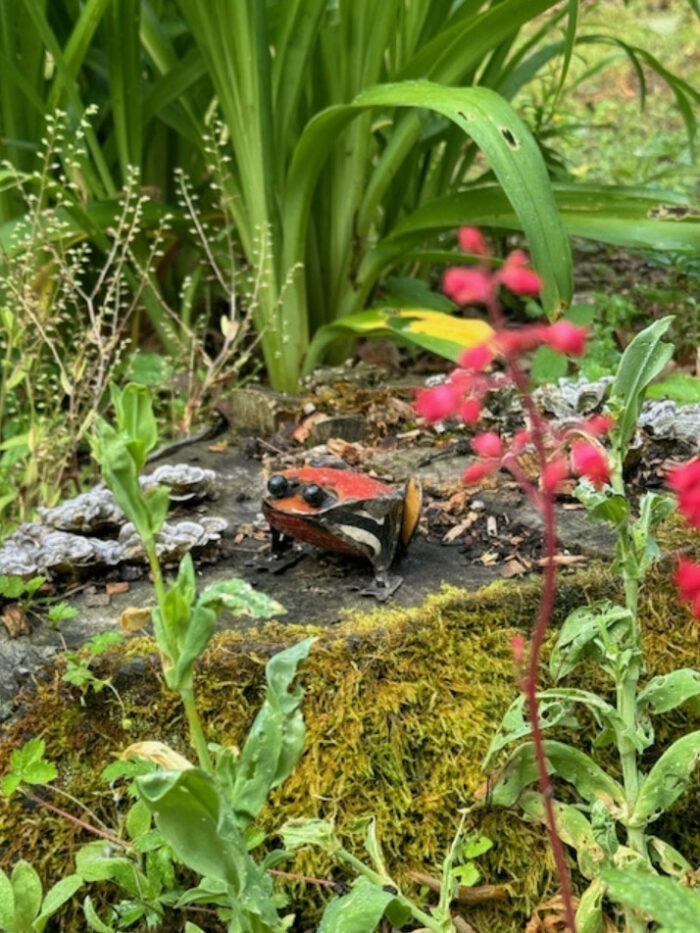
Hey GPODers! No preamble from me today, Stephanie included a beautiful description with her submission so we’re jumping right in:
Hello! I’m Stephanie and I live in an adorable brick 1955 home in Exeter, NH. My husband and I have been restoring the property for the last five years of ownership, after years of overgrowth and sick hemlock trees. We had to remove the bulk of hemlocks in the backyard due to damage from wooly adelgid, but it created an open space that encouraged eastern bluebirds to nest, broad-winged hawks to hunt, pileated woodpeckers to forage in, and a slew of other birds such as Carolina wrens, house wrens, downy and hairy woodpeckers, yellow-bellied woodpeckers, black-throated blue grey warblers, blue-grey gnatcatchers, and many others. We also have bobcat, fox, opossum, skunk, bunny, deer, turkey, racoon, and a variety of amphibians and invertebrates. We even saw a black bear walk through the backyard last year!
It’s important to us to serve the wildlife around us, and we do that a variety of ways. One is by planting native plants in amongst other cultured favorites. Cold stratifying plants in the winter is my favorite–I get to garden in my kitchen in January, get my hands dirty and smell rich soil, and then put the seed trays out into the snow where nature does the rest. We rent mason and leaf-cutter bees from Rent Mason Bees to add more native species to our property. We also support the other native species we’ve identified, such as the green sweat bee, with wild patches of grass and flora all over the property. We don’t discourage critters from eating the garden–a nibbled garden proves a diverse and healthy habitat. We also leave lots of leaves around and in the gardens, leave the plant stems in the winter and through much of the spring and even summer, pile brush and branches in the woods, and very rarely mow or just mow small areas of the yard. We do have a tidy property where it needs to be, otherwise, it is allowed to be a bit wild and overflowing with flowers. I planted pearly everlasting (Anaphalis margaritacea, Zones 3–8) on the property specifically to host American lady caterpillars–at this time of year there are about 30+ baby caterpillars munching away at the plant, making it look rather terrible. However, once those cats turn to butterflies, the plant blooms and regrows its leaves, and the caterpillar cycle begins again until the fall. The plant has only grown in size over the years, and we’ve supported countless butterflies. We also grow a variety of milkweeds, yarrow, columbine, grasses, and asters. We’ve been lucky enough to have many native plants just show up on our land which had almost no flowers growing when we purchased it. We see pussytoes (Antennaria plantaginifolia, Zones 3–9), hawkweed (Hieracium lachenalii), fleabane, bluets (Houstonia caerulea, Zones 3–9), snakeroot (Ageratina altissima, Zones 3–8), Jack-in-the-pulpits (Arisaema triphyllum, Zones 4–9), mosses, clovers, daisies, and so many others. Instead of planting a typical grass lawn, we’ve added clover or native grass seeds that can grow as they like.
I have loved gardening since I was a child. My great Uncle Hans was a florist and had stunning gardens, simple, with plenty of wildness around the property and the most beautiful compost pile I’ve ever seen. My mother would build tunnels with trellised mini pumpkins for my siblings and I to walk through, and I looked forward to the open house at Ellison’s Greenhouses each spring where I would pick my favorite Johnny-jump-up (Viola tricolor, annual) for the garden. I love seeing violas and foxglove growing where I didn’t plant them, whether it’s on our brick steps covered in moss, in between the brick patio, or in a garden bed. I would love our yard to look and feel like an ‘English garden’–full of thick beds of flowers, vining plants trellised along the house, and edible plants throughout.
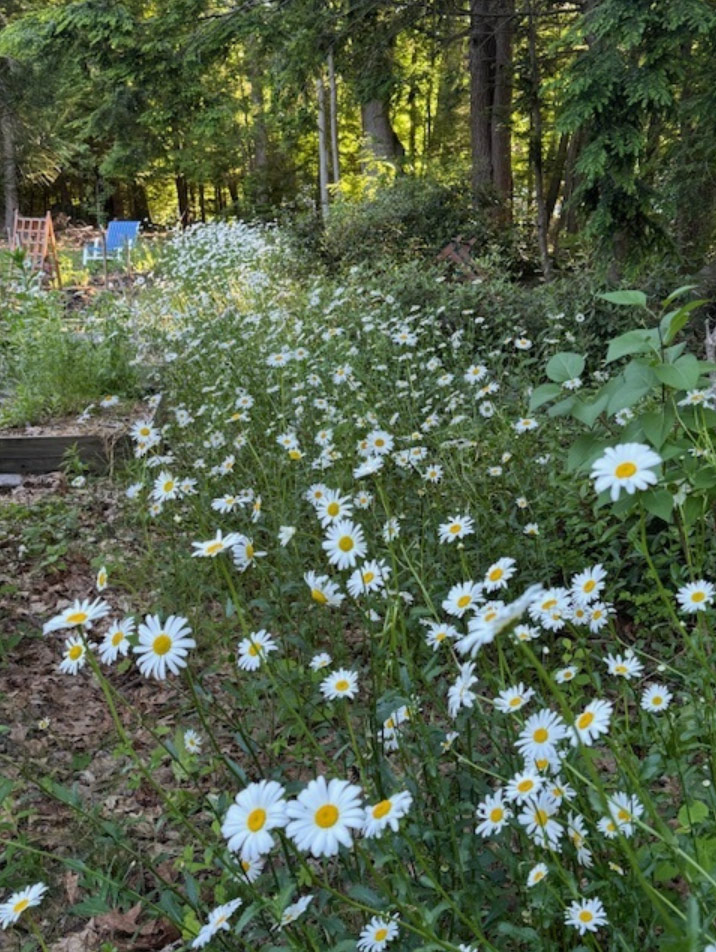 Wild daisies that planted themselves–lucky me!
Wild daisies that planted themselves–lucky me!
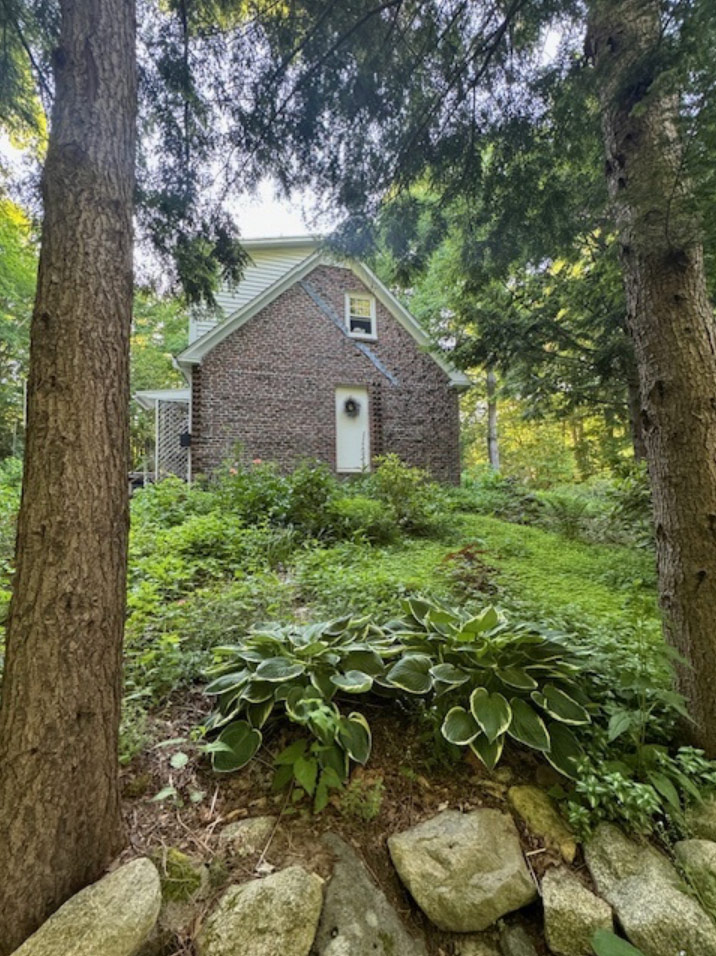
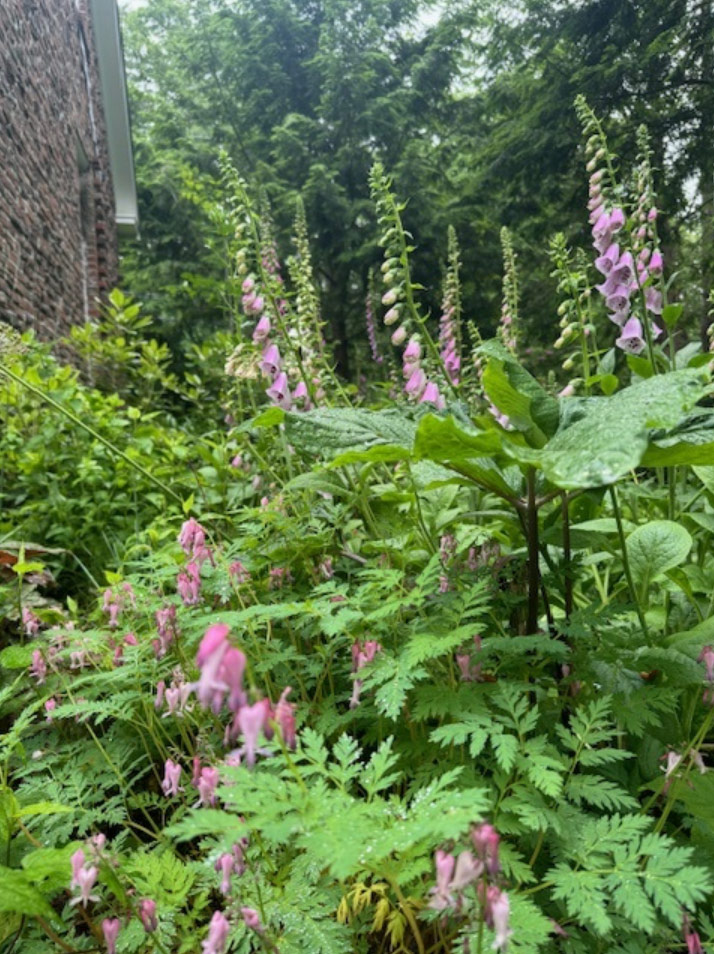
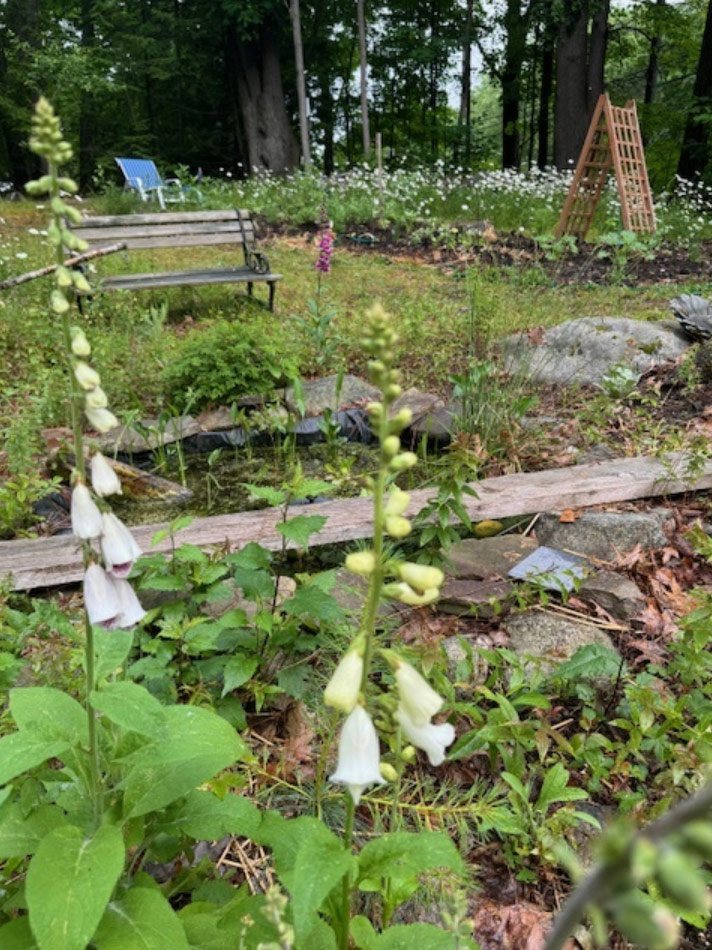
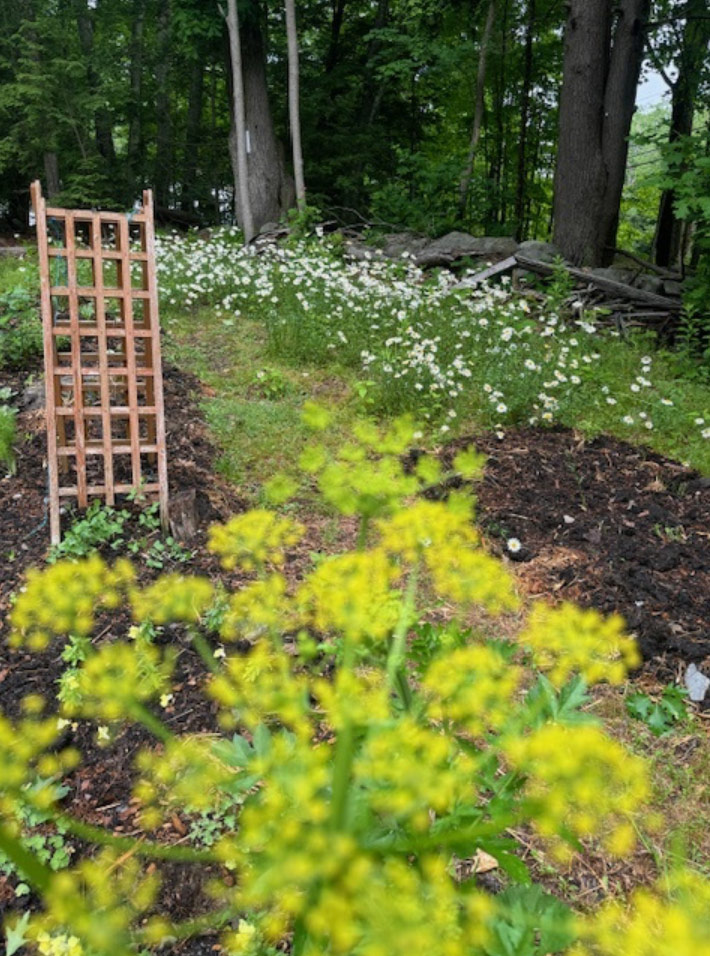
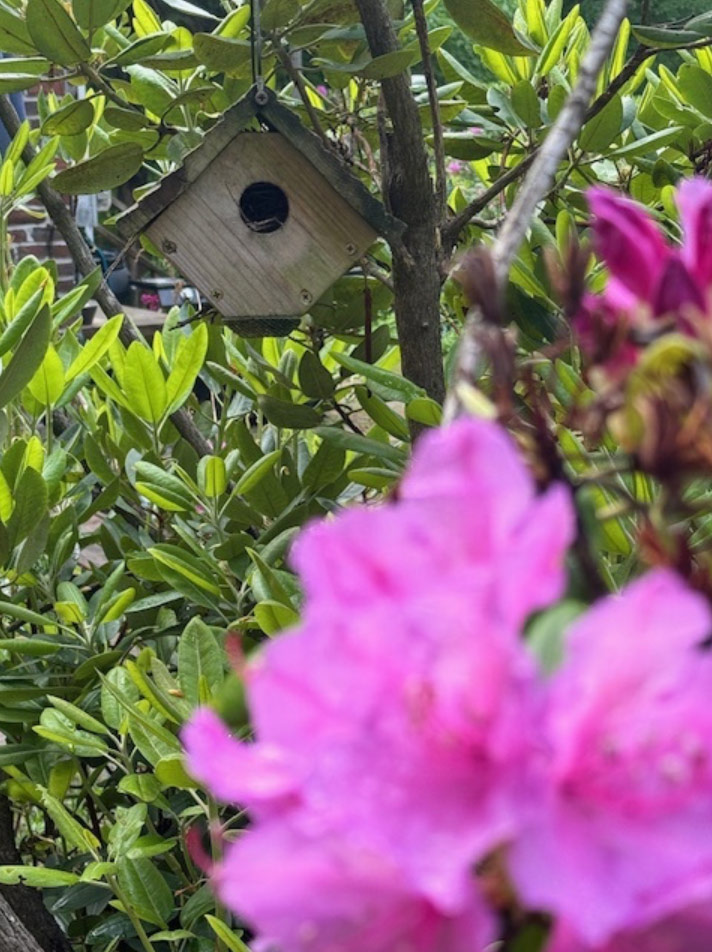
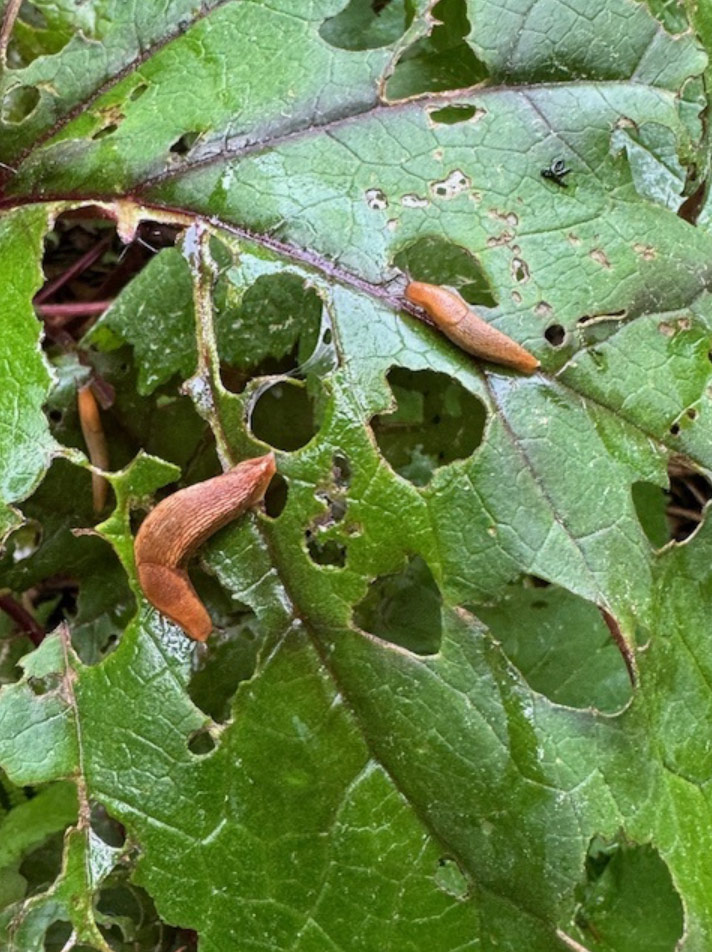
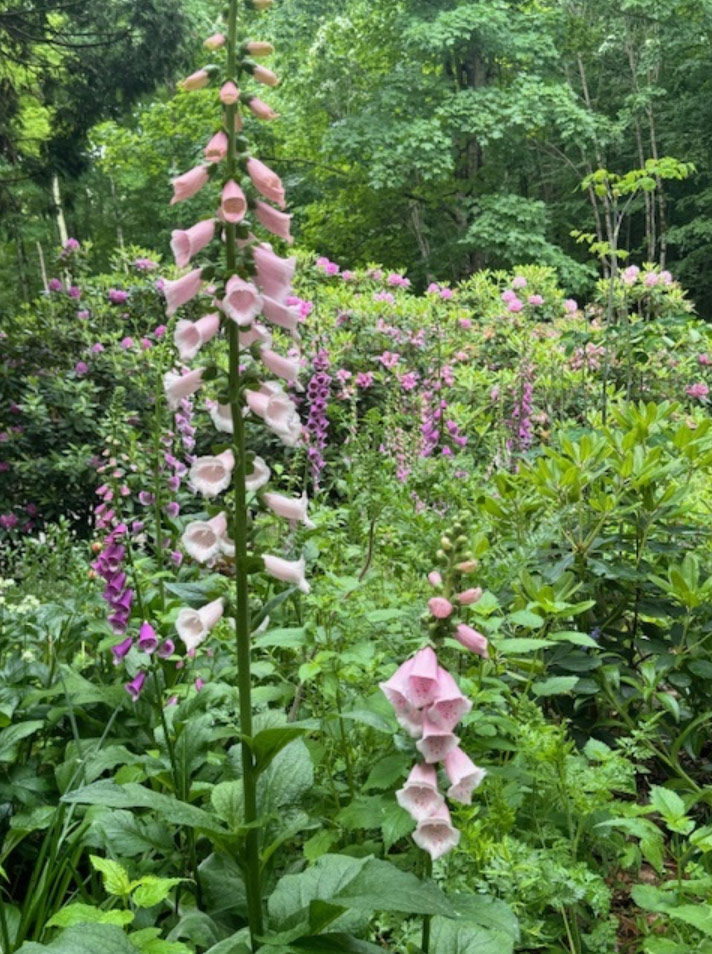
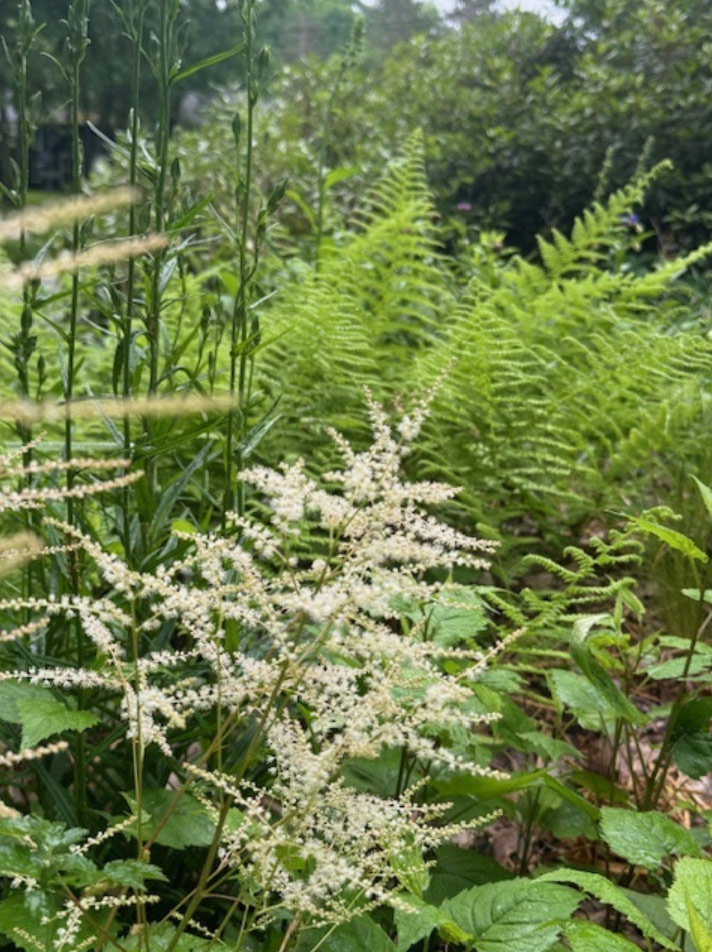
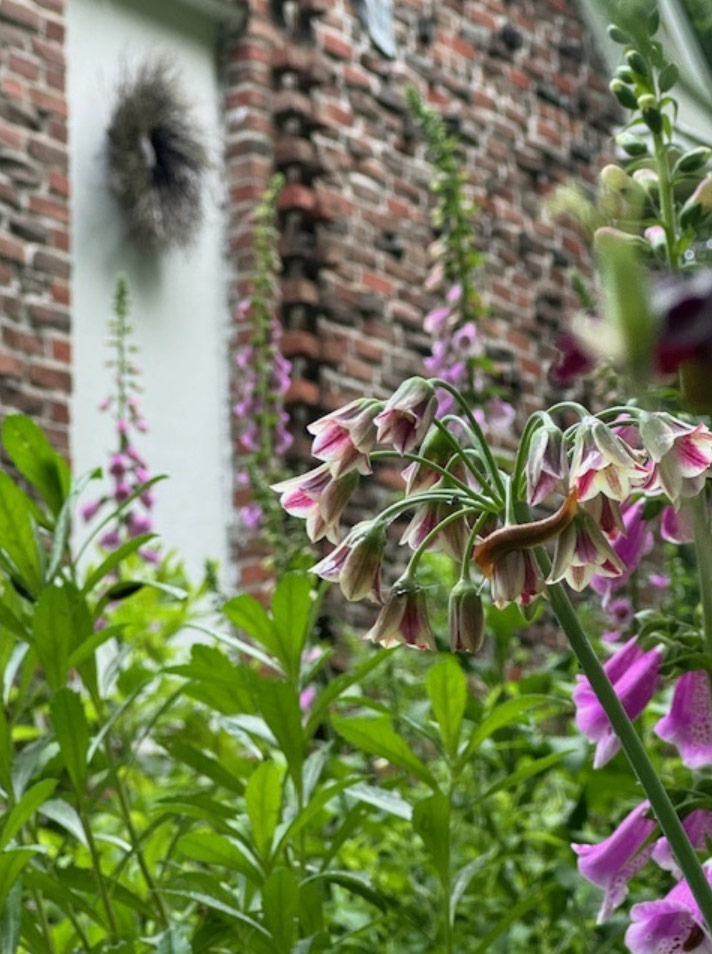
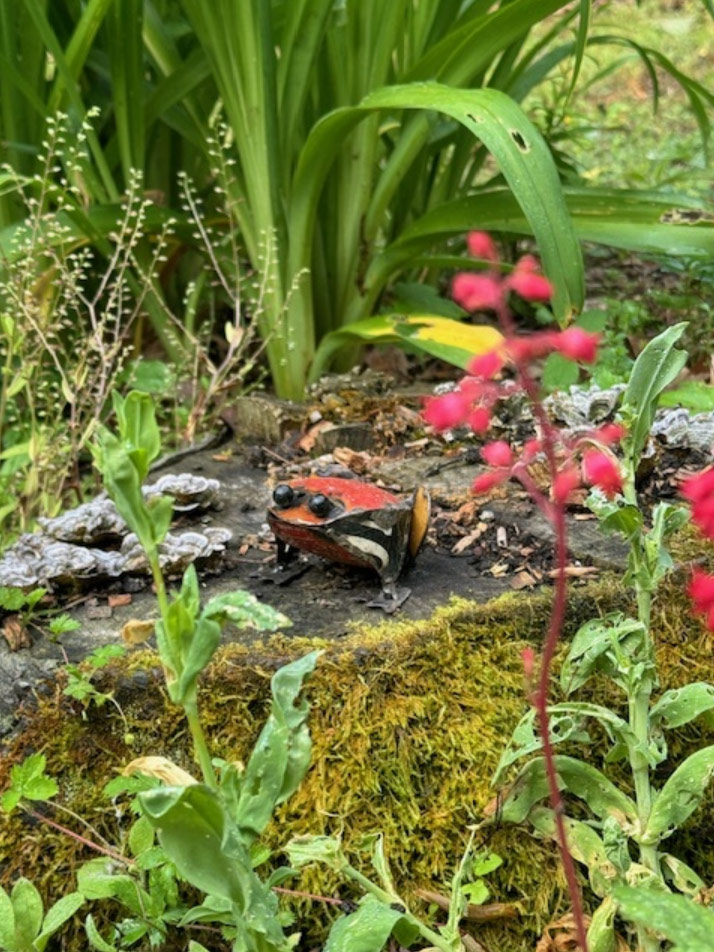
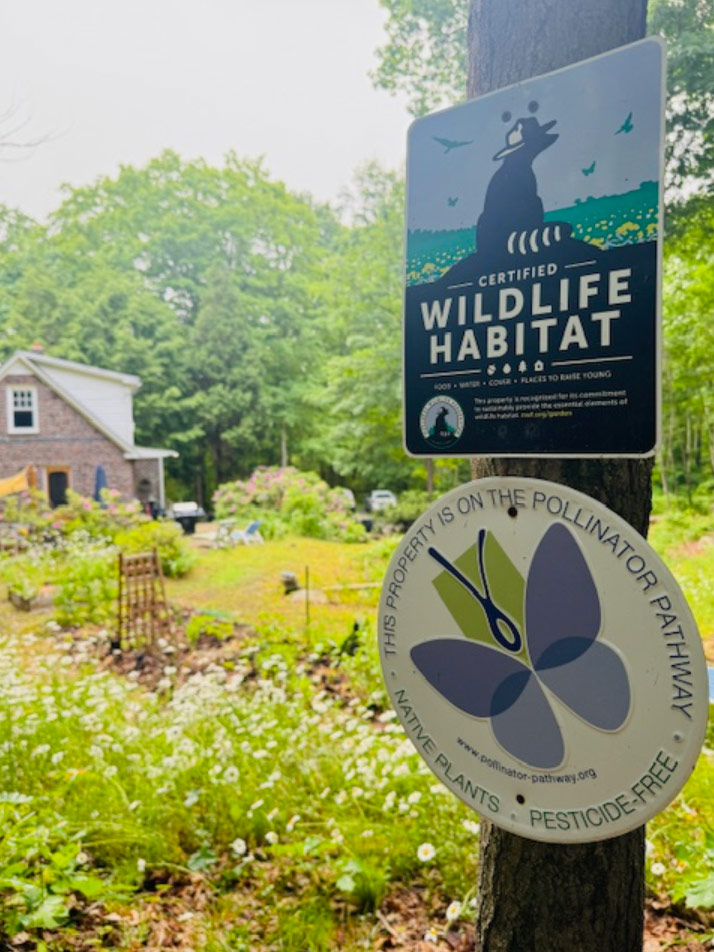
Have a garden you’d like to share?
Have photos to share? We’d love to see your garden, a particular collection of plants you love, or a wonderful garden you had the chance to visit!
To submit, send 5-10 photos to gpod@taunton.com along with some information about the plants in the pictures and where you took the photos. We’d love to hear where you are located, how long you’ve been gardening, successes you are proud of, failures you learned from, hopes for the future, favorite plants, or funny stories from your garden.
Have a mobile phone? Tag your photos on Facebook, Instagram or Twitter with #FineGardening!
Do you receive the GPOD by email yet? Sign up here.
Fine Gardening Recommended Products

Lee Valley Garden Obelisks
Fine Gardening receives a commission for items purchased through links on this site, including Amazon Associates and other affiliate advertising programs.

Spear & Jackson 4930FZ Razorsharp Telescopic Tree Pruner
Fine Gardening receives a commission for items purchased through links on this site, including Amazon Associates and other affiliate advertising programs.
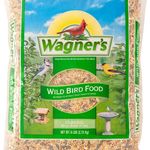
Wagner's 52003 Classic Blend Wild Bird Food, 6-Pound Bag
Fine Gardening receives a commission for items purchased through links on this site, including Amazon Associates and other affiliate advertising programs.




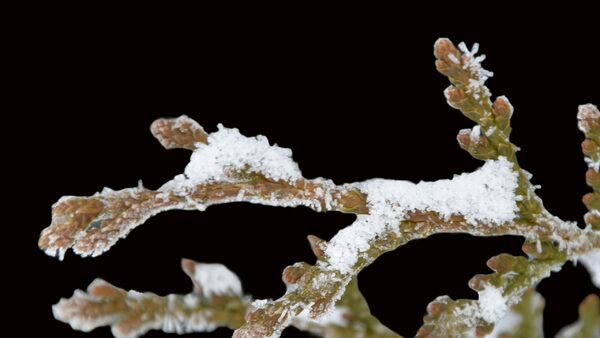













Comments
Stephanie: This was the most interesting article ever. It expanded the subject matter from decorative gardening to the inclusion of birds, wildlife and insects. You have made me aware that we are all in this together, whether we be a caterpillar, deer, human or a slug. I personally learned a lot from your way of gardening highlighted in this article. Thank you for that and all that you do. My heart opened after reading about your garden.
So interesting to see what a wild but a bit curated garden can be! Love it. I always encourage wildlife but a bit afraid to let things go naturalistic. I just moved to a new house in town from a 8 acres property....and have a part that is a bit wild and I want to keep it that...you gave me many ideas....thanks and congrats on the wonderful gardens.
I love your "live & let live" attitude, allowing the slugs & caterpillars to feast and plants allowed to be wild and supporting wildlife & nature instead of fighting it!
And it's a beautiful garden that you created & allowed to create it's self!
Also I really enjoyed your submission description/story on your garden....I can just imagine the magic of being a little kid and running through tunnels with trellised mini pumpkins that your mom made!
I admire your allowing slugs to munch everything, but not quite ready to do that! I don't use poisons but do "euthanize" them when they're getting too prolific. This year I am really struggling to save my garden from the Japanese beetles - thousands of them! Love reading articles telling me to pick them by hand and put them into soapy water... that would literally take me the rest of my life! I've mainly just given up but will apply something to try to control the number of grubs in the soil. Your garden and house are completely charming!
we saw this yesterday... nothing new?
We are like minded gardeners. I leave areas of my yard unmowed as well
An amazing number of native plants pop up and I enjoy the diversity. I supplement with planting native plants in my beds and am starting a Pocket Prairie in my side yard. My frog pond is partially dug but I have water plants in an old galvanized tub in the meantime. Francoise the frog has taken residence. Love what you've done and encourage everyone to go "au naturale"!
Oh that's so cute how that frog took up residence in your pond!
Log in or create an account to post a comment.
Sign up Log in